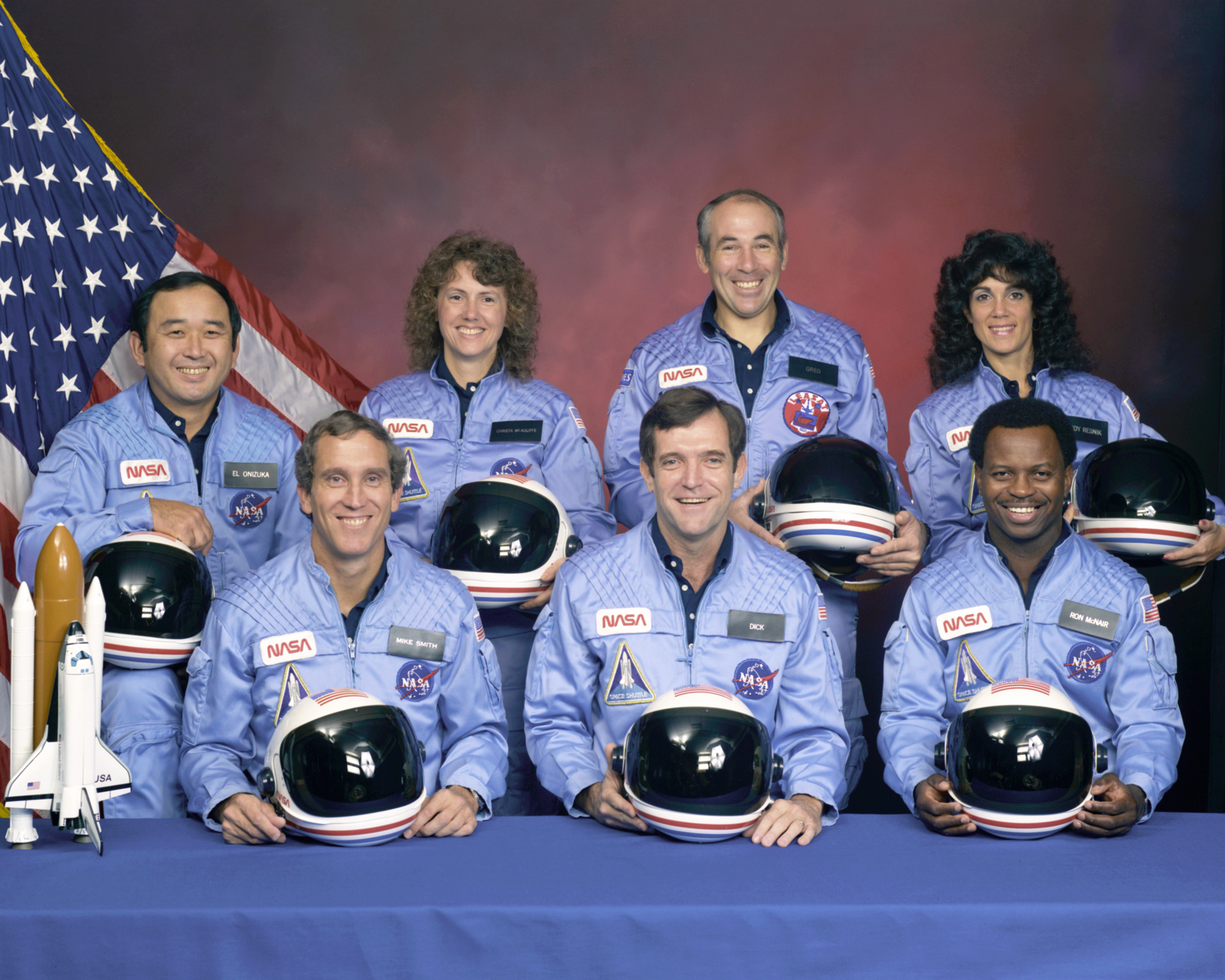
Remembering Challenger
On January 28th, 1986, one of the most disastrous and infamous events in American space history took place, shocking the world. The Space Shuttle Challenger’s tenth launch was for STS-51-L to study Halley’s Comet and the first step of NASA’s Teacher in Space Program. However, it exploded soon after takeoff, killing all seven crewmates onboard. Francis R. Scobee, Micheal J. Smith, Ronald McNair, Ellison Onizuka, Judith Resnik, and Gregory Jarvis were the brave astronauts that were killed aboard the shuttle, as well as teacher and the first civilian in space, Christa McAuliffe. While concerns were vocalised by the shuttles engineers about the upcoming launch because of the freezing temperatures possible damaging effect on the shuttles rocket boosters, the shuttle was given the go to launch. To the shock of thousands, the Challenger exploded just shy of 78 seconds after launch. The whole scene was caught on video cameras and television sets throughout the world. After the incident, investigations were implemented to look into the disaster; established astronauts Neil Armstrong and Sally Ride participated in the investigation. The failure of the seal around the rocket boosters (meant to bring the shuttle into orbit) were found to be the ultimate cause of the destruction. The investigation also found other technical flaws that were not reported to NASA’s launch decision team before the shuttle was launched. Many major changes changes occurred throughout NASA’s space programs as a result of the incident, including the grounding of all Space Shuttles for three years while safety measures and procedures were updated and reformed, and the dropped usage of shuttles to launch satellites with the use of the more provisional reusable rocket beginning to take its place. It has been 34 years since the tragic explosion of the Space Shuttle Challenger and the deaths of those on board, and the world continues to remember and mourn for the lives of the brave astronauts who died doing what they love.

